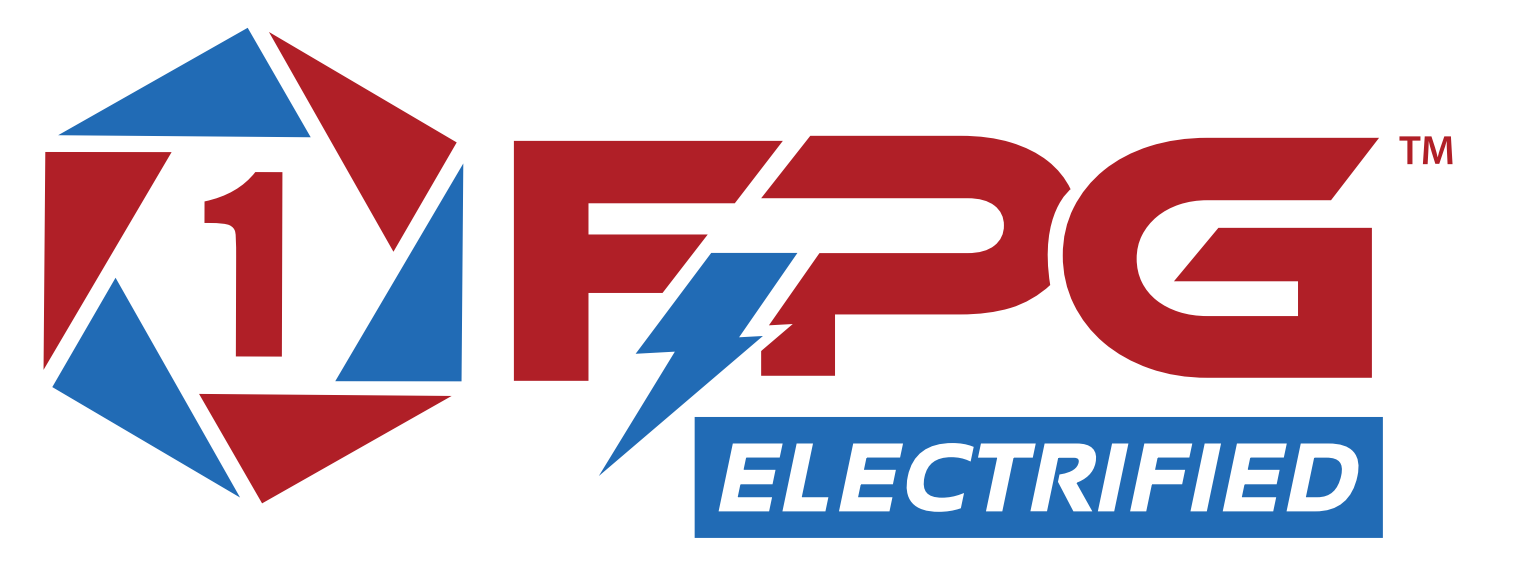- About Us
- EMS


- Conversions

- Body Shop
- Parts/Service
- Graphics
- Contact Us



FPGe is presently setting up dealer arrangements with several Battery Electric Vehicle (BEV) manufacturers for light and medium-duty Command and Rescue trucks ranging from Class 3 through Class 6 (GVWRs from 14,000 through 26,000 lbs), including the all-electric F-150 Lightning, the Ford E-Transit Van, and a Ford F-650BEV. Detailed information on FPGe’s vehicle product suite will soon be available on this website.
Range varies according to the size of the truck, its duty cycle and its battery capacity. Using a Level 2 charger at 240V electrical supply equipment, charge times are estimated as follows:
|
Vehicle |
Estimated kWh |
Charge from 15% to 100% |
Miles per Charging Hour |
Range |
|
Ford F-150 |
115* |
5.8 hours |
30 |
230* |
|
Ford E-Transit |
67 |
10.7 hours |
10 |
126 |
|
Ford F-650 |
150 |
7.8 |
13 |
100 |
*Extended range-range battery options available.
Each Electric Vehicle will be accessorized to the customer’s specific requirements. Available accessories could include:
As batteries wear, their capacity to absorb a charge diminishes. So the range of electric vehicles will diminish with age. Most OEMs, including Ford, have an 8-year or 100,000 miles warranty period (with a maximum of 20% degradation) on their batteries. In California and 15 other states that follow California emissions laws, OEMs will have to warranty the batteries to 10 years or 150,000 miles which will most likely become the national standard within the next 2 years.
FPG Electrified will work with each customer to help determine which type and quantity of EV models best fit their fleet’s needs. FPGe's Fleet Electrification Assessment will evaluate a number of different factors including an inventory of existing vehicles, maintenance and fuel costs, life cycle and duty cycle, routes, etc. The output of the Assessment will include recommendations for EV replacement types, number of vehicles, initial capital investment, total cost of ownership (operating costs) and estimated reduction in emissions.
V2G stands for “vehicle-to-grid” and is a technology that enables energy to be pushed back to the power grid from the battery of an electric vehicle. In a nutshell, the idea behind vehicle-to-grid is similar to regular smart charging. Smart charging, also known as V1G charging, enables the user to control the charging of electric cars in a way that allows the charging power to be increased and decreased when needed. Vehicle-to-grid goes one step further and enables the charged power to also be momentarily pushed back to the grid from vehicle batteries to balance variations in energy production and consumption. Since at any given time 65 percent of electric vehicles are parked, the batteries in electric vehicles act like mobile power plants and let electricity flow from the vehicle back to the electric distribution network.
|